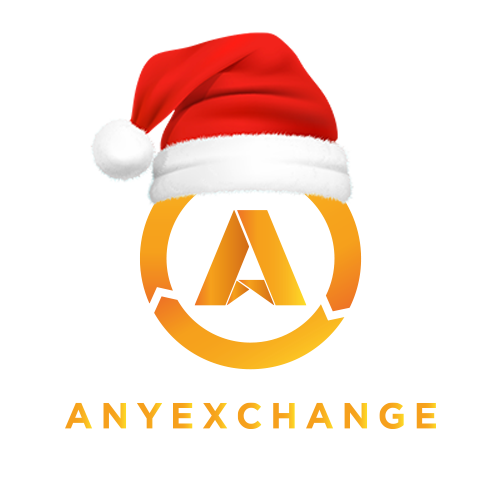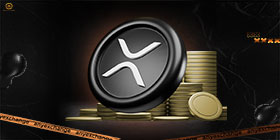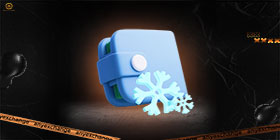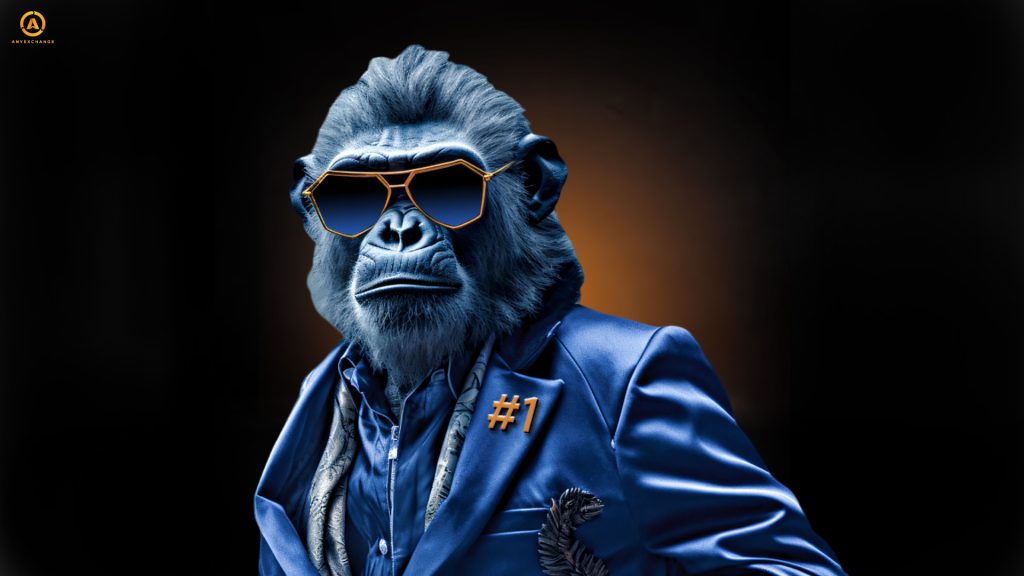
Introduction to NFT and the current market
NFT (from non-fungible token) is a digital asset, a token that is non-fungible in economic terms. Bitcoin and other cryptocurrencies have been called digital or new gold, for environmental damage, new oil. NFT is a similar technology, but it is called digital art.
NFT and cryptocurrencies – have in common: They are volatile, exist only virtually, function on the blockchain and have the potential for investment. But that’s where the similarities end, as cryptocurrency is a commodity, a means of payment, NFT is art. Any cryptocurrency, be it BTC, USDT, SOL – can be exchanged for another, non-mutually exchangeable token – cannot. After all, all NFTs are unique, not convertible to fiat or crypto. Of course, you can negotiate with the owner and exchange for crypto, but it will be an act of buying or selling.
NFT is not really an object, it is a digital certificate confirming the ownership of some object. So they are like securities: Futures, bonds or stocks – they are an object for investment.
In addition, NFTs have huge potential in virtual reality, tokenisation of assets, meta-universes and stock market development. But how can all this just NFT pictures without a stable price, can help in such areas and even intellectual property? That’s what our article will be about.
Analysing NFT market trends in 2023
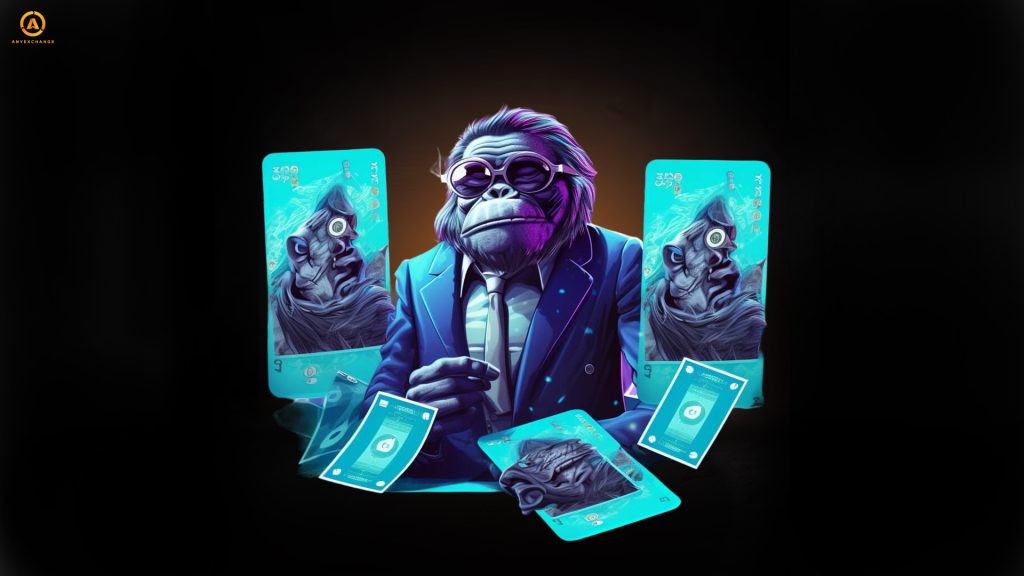
NFTs are extremely volatile, even more volatile than cryptocurrencies. For example, a screenshot of the first ever tweet made by Jack Darcy sold for $2.9 million in 2021, and in 2023 it was worth less than $50. The NFT has dropped in value by almost 100 per cent. NFT’s pricing is solely dependent on interest.
Fees and commissions at NFT are high because they often (if not always) operate on the Etherium blockchain, and that network is known for low bandwidth and high commissions. Users will have to put up with either long waits or high fees. But Etherium also has advantages for non-mutually exchangeable tokens. For example, smart contracts, because of which trading is easier and safer (transactions are executed automatically). This network has created a special token standard for NFT, which has a positive impact on the development of the NFT market.
Although this is a relatively new sphere, we should remind about metavolutions, for their development and functionality are responsible Efirium and NFT.
We can recall successful NFT collections. The most famous collection is Bored Ape (Bored Ape). The rapper Eminem bought one NFT picture for $450,000 and used it on a social network instead of an avatar. Other celebrities like Justin Bieber, Paris Hilton have also bought collectible NFTs for fabulous sums.
Or the Donald Trump collection, which shows him in various images. An earlier collection is CryptoPunks. Unfortunately, now investments in NFT do not look attractive, but the development of non-interchangeable tokens has just begun. And as an example of development we can give the Ordinals protocol.
The Ordinals protocol is an innovation for Bitcoin. A bitcoin cent or a satoshi is 0.000000001 bitcoin, and each one has a number attached to it, the number will be 21,000,000,000,000,000,000,000,000 (21 quadrillion). You can also attach a small file or a non-mutually exchangeable token to this number. This will increase the block size and the commission, but users are happy with this innovation and have agreed to pay more. This is an opportunity for the development of NFT and digital art.
Predictions for 2024 and further development
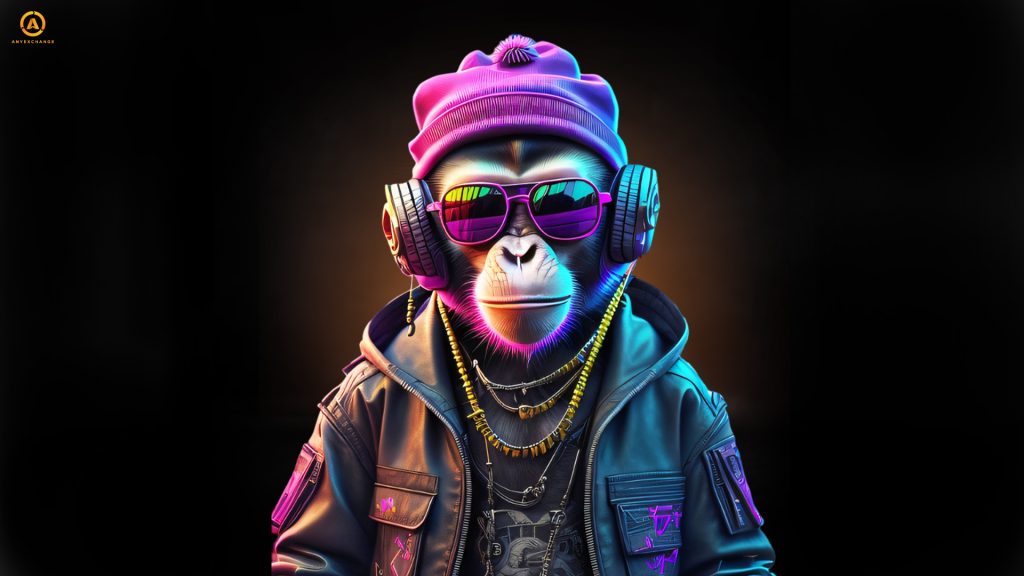
Some will say that already in 2023 the era of NFT is over. Pictures that were worth hundreds of thousands or millions of dollars are no longer of interest to investors. Although Ordinals protocol appeared, which slowed down the fall of interest, but only in certain circles.
NFT trends in 2024 are directed towards meta-universes. After all, the value of all objects (which are non-mutually exchangeable tokens) is hardly lower than the price of real analogues. For example, a house and a plot of land in the Decetralend metauniverse cost $52 million! Plots of land, houses, vehicles, etc. can be bought and sold. Resale can be quite a lucrative business. Especially if you’re trading with a country where the industry is just getting started.
NFT drops are not uncommon, but they are always timed to coincide with an event. Exclusive NFT drops are hoped for by collectors. A prime example was on the American TV show The Tonight Show in the US (The Tonight Show). Paris Hilton in 2021 raised the issue on the show, showed her NFT avatar on social media and promised to give away NFTs to all guests. At the time, the Bored Ape NFT collections were popular.
NFT tokens can be sold and bought using crypto, but what if the seller or buyer was a fraud and the transaction involved criminally mined coins?
Although many NFT investments are made with one purpose – to sell for more, there is an exception – games and meta-universes. It is in metaviews that exclusive NFT drops for activity and ICOs (initial sale of tokens at an undervalued price) are held for investors.
The role of NFT in the gaming industry and meta-universe
NFT plays a huge role in meta-universes. Since all objects in metavillages are non-interchangeable tokens. Except for the tokens that participants receive or spend in metaventures.
Metaviews are games and decentralised applications, and function on the blockchain. All objects and even some actions in them are paid. For example, all player avatars in a meta universe can only be purchased, most often with Etherium or internal tokens. Taking My Neighbor Alice as an example: All objects, such as land parcels, are NFT objects.
Virtual reality could also be made available through NFTs. Virtual reality will be some way for people to occupy themselves with something, say, while travelling in space. A 1000 km journey might take 10 hours by train, 15 hours by bus, or just 2 hours by plane. But even to the nearest space object, the Moon, it would take almost 6 hours on the fastest rocket (at the moment) Saturn V. To Mars, it would take at least several months. Thus, in space travel, or more precisely in space tourism, virtual reality is a necessity.
Blockchain and NFT have proven themselves in meta-universes, so there should be no problem with virtual reality. After all, their concepts are similar: Worlds that are created by users, in which only those rules and restrictions apply that users want to inсlude. These worlds cannot be touched, but can be seen and heard, if the necessary devices are available.
But when buying non-vaultable tokens, you can pay with coins that are criminally obtained or used for criminal activities. With such coins, your account on the exchange will simply be blocked. How to protect yourself from this? Check cryptocurrency through our service-exchanger “AnyExchange”. We thoroughly verify each coin from the moment of its creation, and after verification we will issue you an international digital certificate confirming your impeccable reputation. And the fact that we are not scammers says our customers. You can read the feedback from our clients on our website.
NFT’s impact on the digital art industry
Since NFT is the most successful form of digital art, the impact of non-replaceable tokens is hard to overestimate. For example, digital art can spread around the world without much time and effort, and people will become more educated because of it. The merit of non-interchangeable tokens is that it will be easy to understand whether a demonstration is an original or a copy. Of course, the NFT’s proprietary right does not prohibit copying. But after all, a copy of the Mona Lisa or a statue of David is indistinguishable from the original, and the copy will cost only 1% of the price of the original.
If we talk about art objects as assets, tokenisation of such assets is possible only thanks to NFT. It is possible to conclude a purchase/sale agreement, according to which the painting will become the property of the new owner. The contract should be made into a non-replaceable token and this will protect the rights of the buyer.
Even tokens in meta tokens often change their price, both against fiat and Ether. But despite all the advantages of non-mutually exchangeable token transactions, scammers often sell tokens at an inflated price, motivated by the fact that the cryptocurrency has recently fallen in value or there was a collapse a couple of hours ago and it is better to invest in non-mutually exchangeable tokens. In order not to overpay in order to preserve your assets, you can see the real exchange rate in our exchange “AnyExchange”. And with the help of currency calculator you can see if they are trying to cheat you.
Real Asset Tokenisation Potential and Legal Aspects of NFT
Asset tokenisation can be a real goldmine for NFT marketplaces. Many CFD brokers trade tokenised assets such as commodities, securities, etc. And how else can you tokenise other than through non-interchangeable tokens? With the transfer of an asset or contract (security: share, futures, bond, etc.) a token can be transferred if they are combined. This possibility will make a transparent systеm through blockchain, together with security.
But if non-interchangeable token platforms allow the tokenisation of real assets, on which taxes have to be paid, then the question of the legal aspects of NFT comes into play.
The European uniоn has a law regulating cryptocurrencies – MiCA. But this law regulates digital assets in a narrower sense, the bill itself does not contain a word about non-replaceable tokens (even if there is a list of what is considered digital assets). But in 2024 the trends in the field of digital assets (including NFT) are towards clear laws and regulations, so there will definitely be changes in the legal regulation of NFT. Perhaps there will be MiCA adaptations. Other countries will also change their legislation.
In Ukraine the law № 10225 has been adopted, which relates to digital assets, more precisely to taxation. The law on “Digital Assets” refers to cryptocurrencies, but non-mutually exchangeable tokens are also digital assets, does it mean that the law will have to be amended to distinguish between them? – Unlikely, because the Ukrainian government treats cryptocurrencies as a commodity. But crypto can also be a means of payment (when converted), while non-mutually exchangeable tokens simply do not have this function, so it is more of a commodity.
Thus, it is possible that the laws of Ukraine will become the legal basis for clarification of NFT marketplaces and all legal aspects of NFT. Perhaps there will be a law that will allow to give bonuses to employees in NFT without taxes. Investments in non-mutually exchangeable tokens will become more attractive, because investors will be protected. But whether this will be the case, or whether it is extremely optimistic and nothing more, time will tell.
Risks and challenges for NFT investors
Initially, it seemed that all crypto-enthusiasts would be buying up and developing the NFT market. But at the Incrypted conference in October 2023, prominent crypto-enthusiasts like Kostya Kudo and Cryptomannn responded extremely negatively to the question of non-replaceable coins.
Does this mean that non-replaceable tokens are just an interesting experiment? – No, because they have been around since 2019, Bitcoin started gaining popularity in 2013. And non-mutually exchangeable tokens just survived the hype, besides NFT marketplaces continue to develop. For example, OpenAI has even created a new chat bot based on artificial intelligence: Chat GPT 4 O [chat GPT 4 O]. The “O” at the end stands for omni – from the English for comprehensive, this version is more advanced. Where does the funding for the top 1 NFT platform in the world come from? From NFT fees and commissions, of course. So the potential for investment and development is there.
But the volatility of non-interchangeable tokens creates risk for investors as there is no algorithm. There is no algorithm for cryptocurrency algorithms either, because after the introduction of ETFs for Bitcoin and Ethereum in Hong Kong, the price fell and then started to rise. In another case, the whole market follows bitcoin. Non-interchangeable tokens have no indicator or pattern, even after innovation, the price can fall or rise for no reason.
Technological innovation and its impact on the NFT market
Apparently, technological innovation will only benefit the market for non-interchangeable tokens, especially virtual reality. Metaviews are different from virtual reality, but they will be the base. The functionality of digital worlds will most likely be made similar to the developments of metavselenes. And all objects in metavsilens are non-interchangeable tokens.
But for this we need to establish mass production of devices, at least just goggles and mittens for tactile contact. Serial production will create competition, and this will make the devices cheaper and more accessible to a larger part of the audience.
Even if we don’t take virtual reality into account, meta-universes are constantly evolving, which favourably affects non-interchangeable tokens. And they can also be considered technological innovations. In 2023, the top 3 countries that were interested in meta universes were: Ukraine, Philippines and Afghanistan. As soon as people from the golden billion or the First World are interested in them, there will be more investments, the development of the meta-universe and the NFT will be ensured!
Conclusion: the future of NFT and its impact on the digital economy.
Even crypto-enthusiasts are sure that NFT will remain in history as just a fun experiment with short-term effects. But after all, cryptocurrencies are not non-interchangeable tokens. Non-mutually exchangeable tokens have more possibilities to build a digital world, is digital art, which is already taking a leap forward. And what is the tokenisation of real assets worth?
So NFT will help develop people spiritually, through art and will give the opportunity to earn anywhere, as long as there is a network. And if we mention that meta-universes and non-interchangeable tokens will be the foundation for virtual reality? – It is clear that the effect of these will be huge as well, both for economy, development and freer communication between people.
